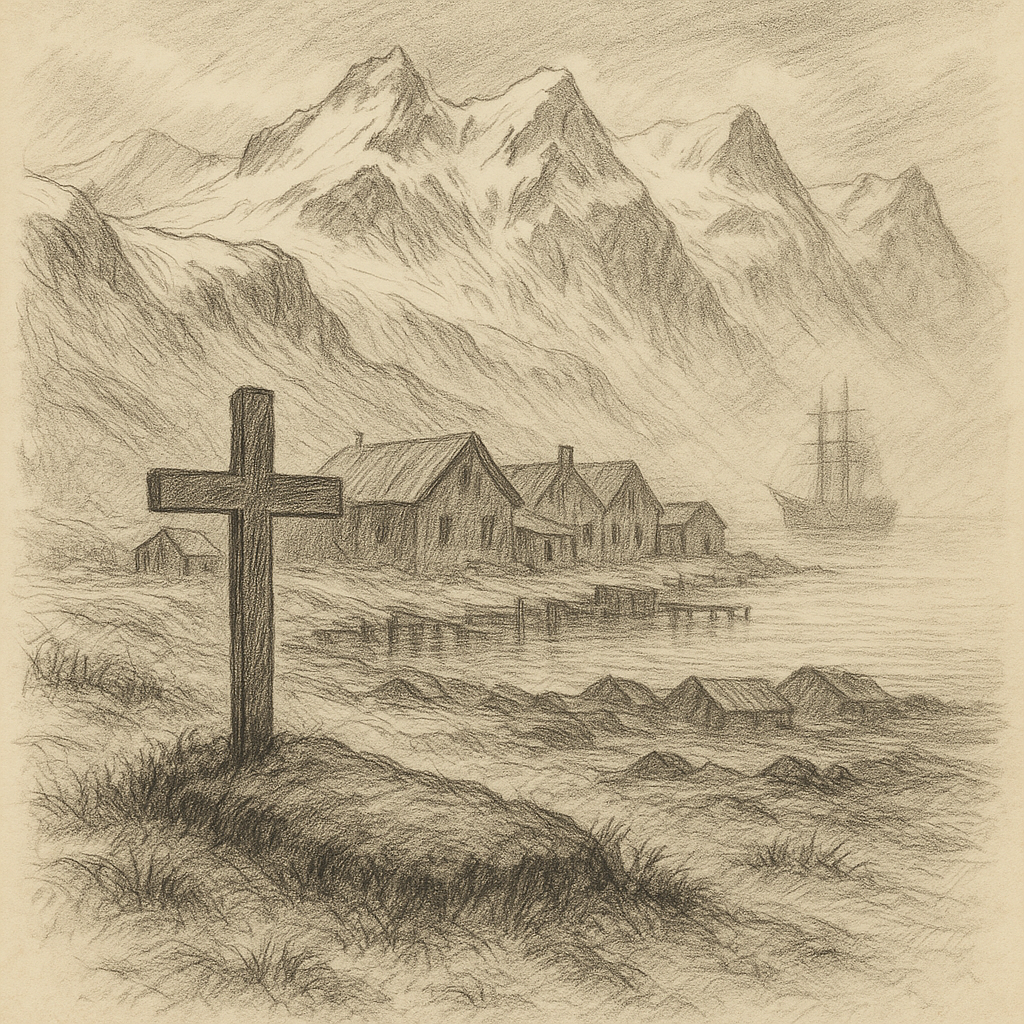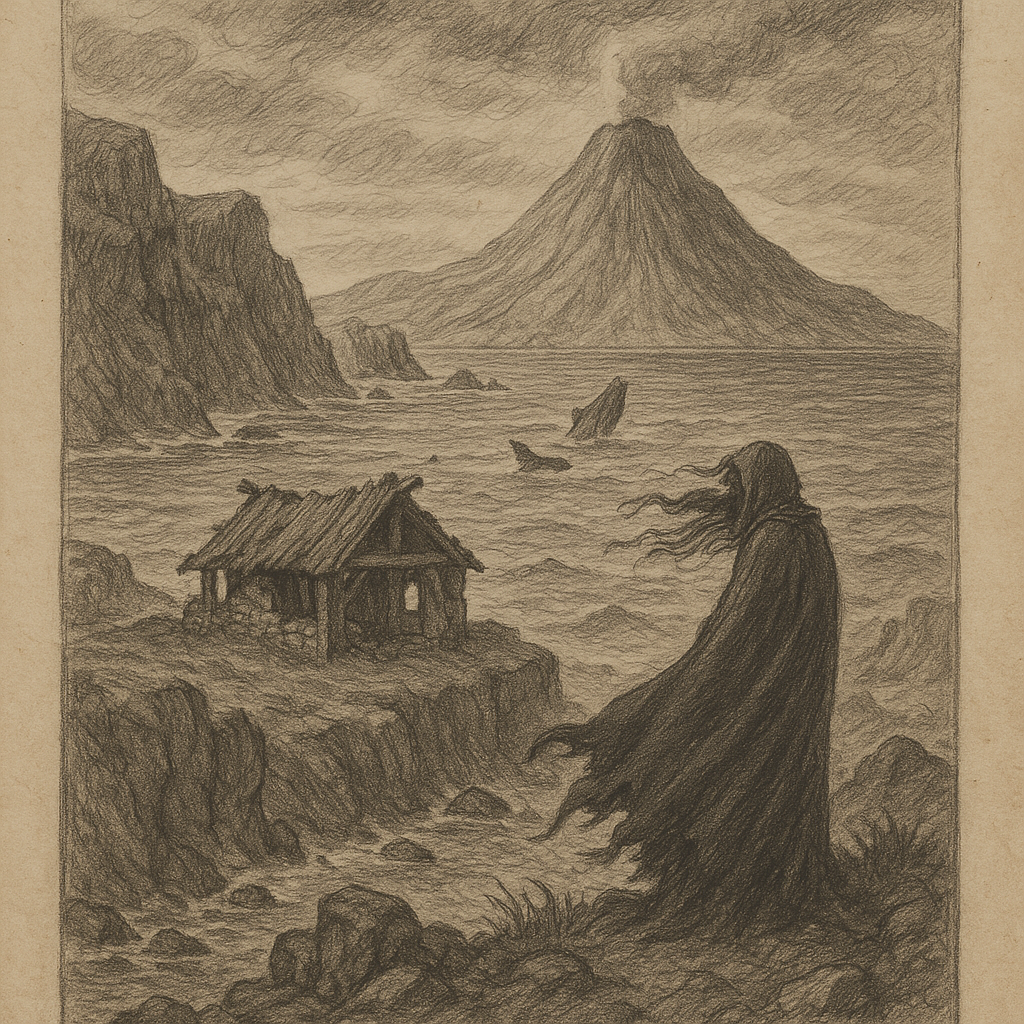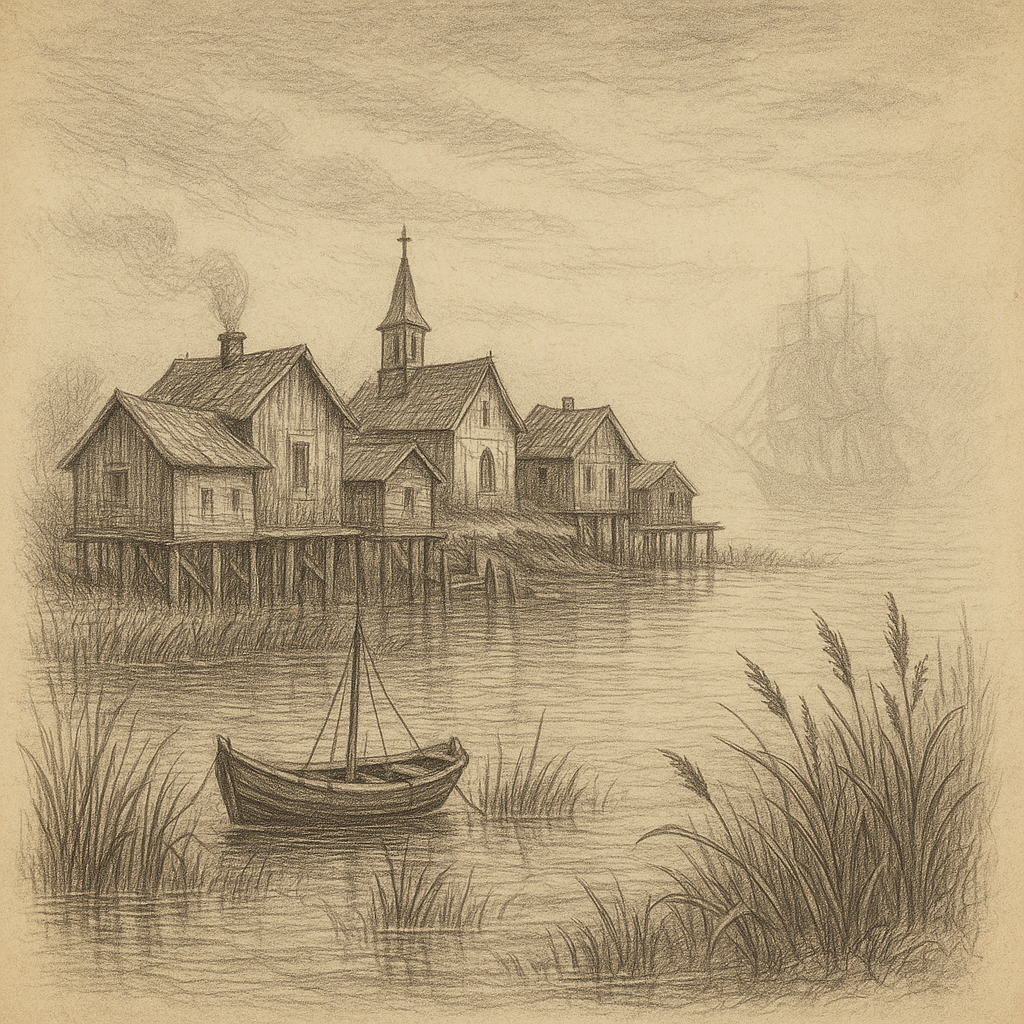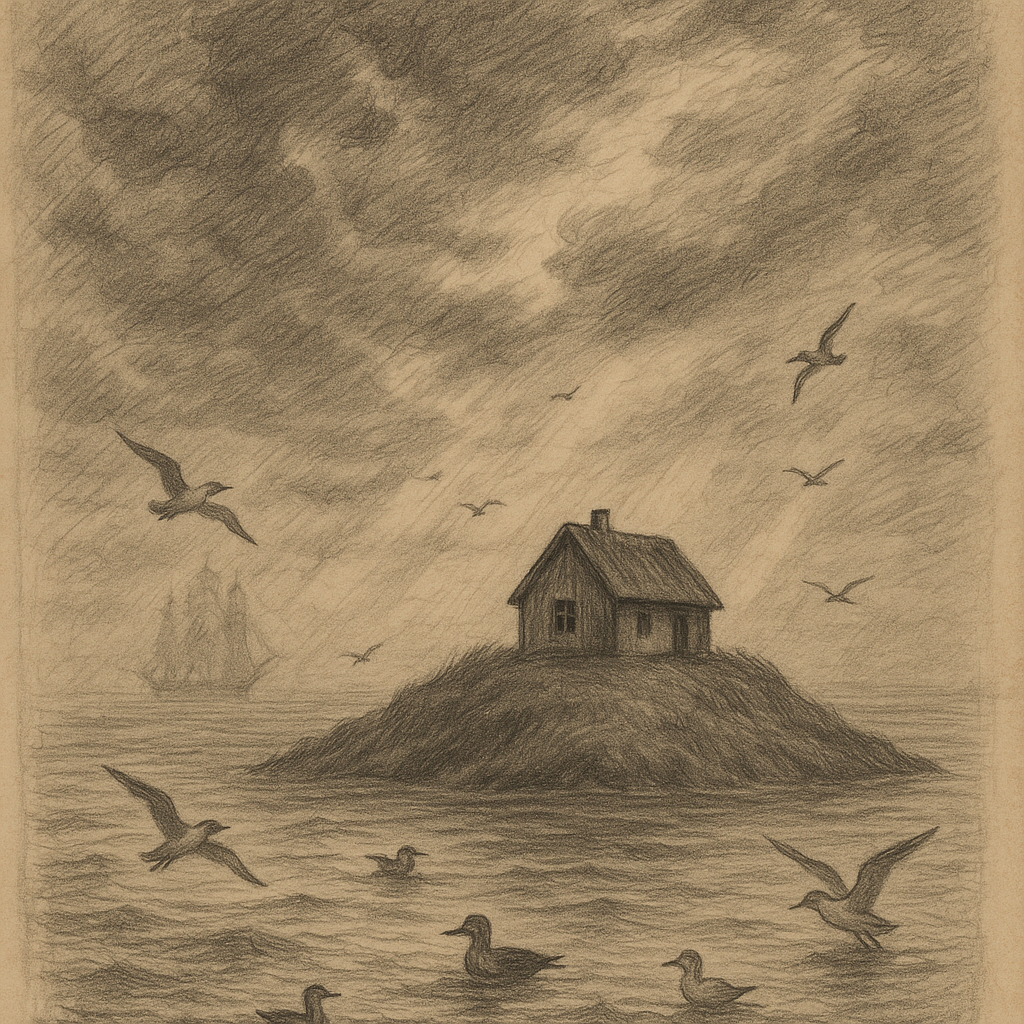Introduction to Grytviken Island
Located in the remote reaches of the South Atlantic Ocean, Grytviken Island is an isolated and historically rich site that forms part of South Georgia and the South Sandwich Islands, a British Overseas Territory. While not an island in the strictest geological sense, Grytviken is often referred to as such due to its distinct character and compact settlement area nestled within King Edward Cove. Surrounded by icy peaks and harsh polar waters, Grytviken offers a unique window into the history of Antarctic exploration, industrial whaling, and the boundless beauty of an unforgiving environment.
Geography and Location
Grytviken is situated on the northeastern coast of South Georgia Island, which lies about 1,390 km southeast of the Falkland Islands and more than 2,000 km east of the southern tip of South America. The cove in which Grytviken is located is a naturally sheltered harbor, guarded by rugged mountains and accessible only by sea. The settlement sits within the sub-Antarctic zone, characterized by its wild weather, glaciated terrain, and unique position as a gateway to Antarctica itself.
Formed by geological processes typical of tectonic uplift and glacial activity, the island group’s landscape is dominated by steep fjords, craggy outcrops, and ice-covered valleys. While technically not isolated as a stand-alone island, Grytviken functions as a micro-world set apart by geography, history, and limited human presence.
Climate and Natural Environment
Grytviken and the surrounding region exhibit a polar maritime climate, heavily influenced by the cold currents of the Southern Ocean. Temperatures remain low year-round, typically ranging from –5°C in winter to about 8°C in the brief summer. Snowfall can occur in any month, and the area is frequently shrouded in fog and lashed by strong winds.
The environment around Grytviken supports a surprising level of biodiversity. South Georgia is home to vast colonies of king penguins, fur seals, elephant seals, and numerous seabird species such as albatrosses and skuas. The surrounding waters are a stronghold for marine mammals, including humpback whales and southern right whales, whose populations are slowly recovering after being nearly decimated by historical whaling.
Historical Significance
Grytviken was established in 1904 by Norwegian whaler Carl Anton Larsen and quickly became the largest whaling station on South Georgia. For more than half a century, the station operated almost continuously, during which tens of thousands of whales were processed on site. The settlement included flensing platforms, boiler rooms, storage tanks, and worker accommodations. The sheer industrial scale of Grytviken left a lasting mark on both the landscape and global awareness of whaling’s environmental impact.
The most famous historical figure associated with Grytviken is Sir Ernest Shackleton, the renowned British explorer. After the dramatic conclusion of his Endurance expedition, Shackleton returned to South Georgia. When he died en route to another Antarctic voyage in 1922, he was buried in Grytviken’s small cemetery. His grave remains a pilgrimage site for polar historians and adventurers.
Modern-Day Grytviken
Today, Grytviken is a ghost town preserved in time. The rusting remnants of the whaling station have been partially restored as a heritage site, and its main building now hosts the South Georgia Museum. This museum highlights the region’s natural history, exploration legacy, and whaling period.
No permanent civilian population resides on the island, but personnel from the Government of South Georgia and South Sandwich Islands, as well as scientific researchers, are intermittently present. Grytviken is also a destination for Antarctic cruise ships, which bring a limited number of tourists eager to experience the haunting beauty and profound history of this remote corner of the world.
Interesting Facts
– Grytviken was the first whaling station set up in the Antarctic region and once had a population of up to 500 during its peak operational period.
– The station processed more than 53,000 whales during its lifetime, particularly blue, fin, and humpback whales.
– Sir Ernest Shackleton’s grave is oriented to face south, towards Antarctica, in line with his enduring connection to the continent.
– The church in Grytviken, built in 1913, is the southernmost Lutheran church and sometimes hosts Christmas services visited by Antarctic travelers.
– Despite Grytviken’s abandoned status, it maintains one of the cleanest records for environmental restoration in former industrial sites in the Southern Hemisphere.
Legends and Lore
With over a century of human presence in such an extreme environment, Grytviken has accumulated its share of myths and legends. One enduring tale among sailors tells of the “Whaler’s Ghost,” said to be the spirit of a harpooner who died during a storm and now haunts the old whaling station. Mariners claim to hear the clang of ghostly chains and spectral whistles across the harbor on misty nights.
Another legend speaks of “White Ella,” a mysterious polar fox said to appear only in times of severe weather, serving as both a warning and protector. Though polar foxes don’t inhabit South Georgia, sightings are occasionally reported by those overwintering in the region, adding to the folklore.
Furthermore, among South Georgia’s whalers circulated tales of the mythical “Leviathan of the Deeps,” a giant whale that supposedly evaded every harpoon and would rise silently beside ships before slipping back into the shadowy ocean depths. Though no such creature has been documented, these stories contributed to the mystique surrounding the remote and dangerous life of early Grytviken settlers.
Conclusion
Grytviken stands as a poignant reminder of humanity’s capacity to reach—and exploit—even the most distant parts of the Earth. From its dramatic mountains and thriving wildlife to its rusting machinery and silent graveyard, it is a place of both startling beauty and somber reflection. A microcosm of industrial ambition, polar exploration, and environmental redemption, Grytviken Island continues to capture the imagination of all who have the rare privilege to visit its icy shores.



